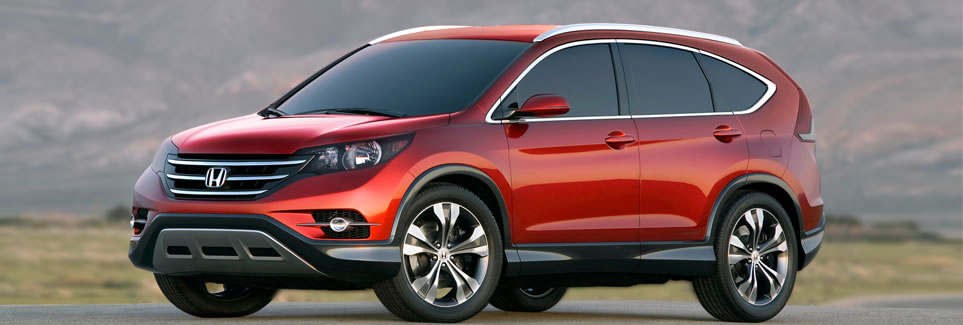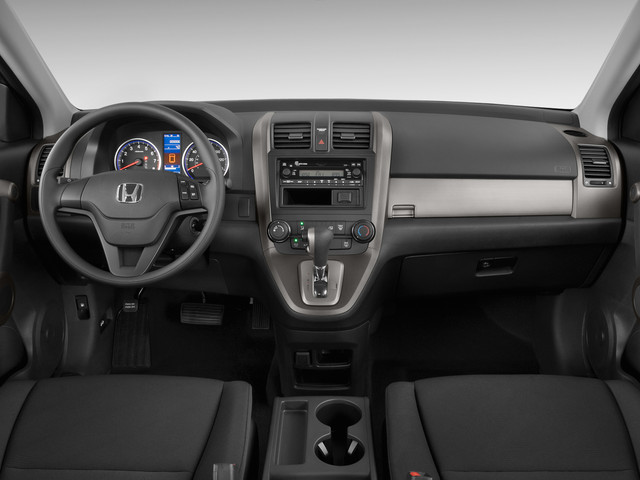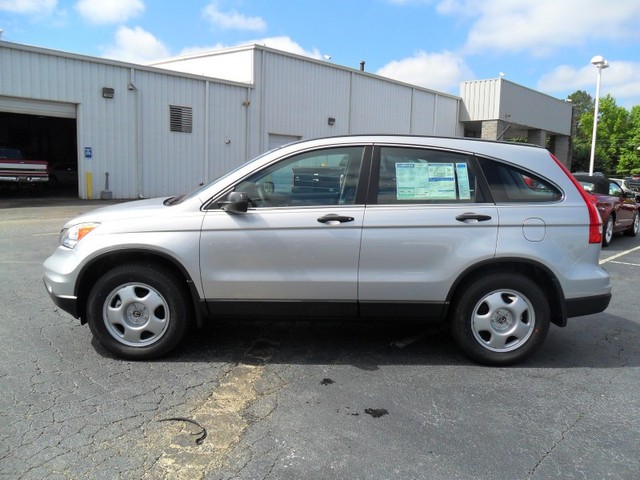2011 Honda CR-V Review
The 2011 Honda CR-V is one hell of an oldie, but goodie. The five year old model is within months of a redesign, yet continues to post deliriously good sales figures. Of all the Honda models that had a full sales year in 2010 (ie. not introduced or redesigned in the middle of 2010), the 2011 CR-V posted the largest unit sales gains of the lineup from January through August. The CR-V also sold 60% more units than its main competitor, the Toyota RAV4, from January 2011 through August 2011.

The redesigned 2012 Honda CR-V (concept model shown) puts Honda in the enviable position of replacing a vehicle that is still climbing the sales charts.
I’ve always wondered why the CR-V did so well. With competitors offering bigger interiors, more powerful engines with better fuel economy, and more standard/available features, you’d think the CR-V would be at the bottom of the list. After spending some time behind the wheel of a friend’s 2011 CR-V LX though, there are a few things that make it stand out as the vehicle of choice. It quickly became evident why the masses still flock to it.
The mission of the CR-V is to be bland and blend in. Usually, being bland isn’t worth mentioning, but the CR-V is so accomplished here that it’s worth mentioning. The exterior design has aged very well. There isn’t a whole lot of gaudy trim or gimmicky detailing. The interior continues the trend, with simple lines and a lack of flashy pieces. The comfortable chairs have subdued fabric trim and are placed at optimum height for easy ingress and egress. Cargo space and the rear seat is surprisingly roomy for such a small SUV. The rear seats also recline, slide and fold individually to optimize passenger comfort and cargo space. Best of all, the lack of gadgets means that none of the interior features require a Google search to operate – everything is clearly marked and easy to use, even for the most naive moms out there. In short, it’s just a normal vehicle – and that goes a long way towards making owners feel comfortable.
An extended drive over city streets and LA highways revealed that the CR-V is well mannered on the road. Honda’s corporate 2.4L 4 cylinder produces 180HP for the 2011 model year, which proves adequate for most situations. The little SUV never strained to keep up with traffic, even on Sepulveda Pass with four passengers and the AC running. Visibility is good, despite the large D-pillars. The suspension keeps the ride settled, never letting the infamous 405 jar its occupants. It handles about the same as my ‘07 Accord does in normal driving, instead of feeling ponderous or top heavy like many SUV’s of the past. Again, Honda has done well in trying to make it feel like a normal car, while giving it a slight edge in visibility over a family sedan.
Demerits? There are a few. While I accused the 2011 Toyota Sienna transmission of being hyper, the CR-V transmission feels lazy. It feels like Honda tuned it to hold gears longer for better instantaneous power, so the engine spins more RPM’s than it should. To be fair, this could be a side effect of a fresh transmission computer still adapting to different driving styles. Luckily, the engine is so refined and quiet that most drivers would never notice the extra RPM.
The same can’t be said of the tires. While wind noise was noticeably absent for a high profile vehicle, road noise was an issue. Tires are the most likely culprit, as Honda has been known to use lousy tires on their vehicles. New tires would probably quiet down the noise a little bit, but most likely would not fix the heavy steering. Considering Honda’s and CR-V’s sell best in big cities, it seems like an oversight to have a high steering effort. It could get very tiring to look for parking in a crowded lot.
Overall, the CR-V is a good vehicle, if for nothing other than it’s simplicity and blandness. It’s extraordinary in no aspect other than how comfortable it makes occupants feel. No wonder the aged CR-V is still alive and kicking on the sales chart. It remains to be seen whether new high-feature content competitors like the Kia Sportage and Hyundai Tucson can dethrone the redesigned 2012 CR-V.



